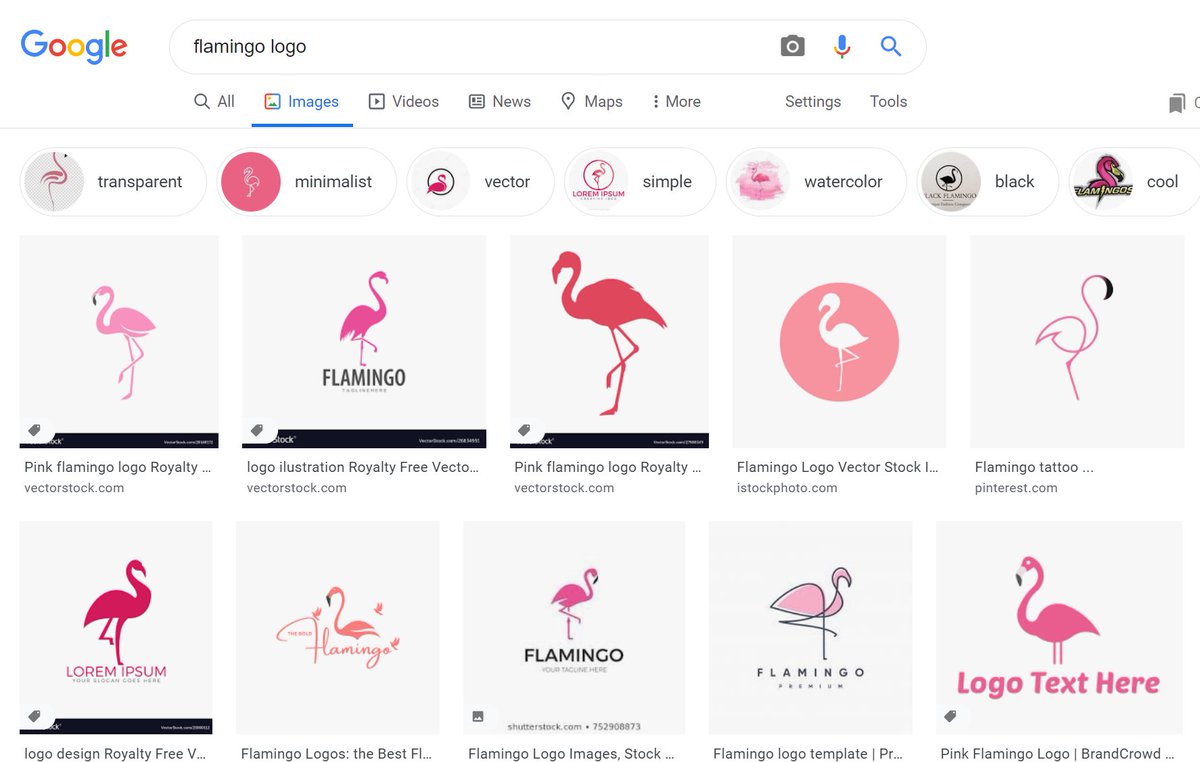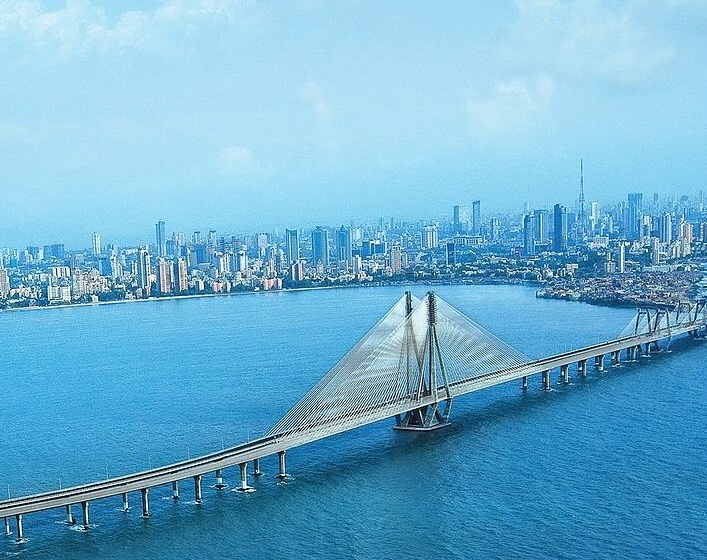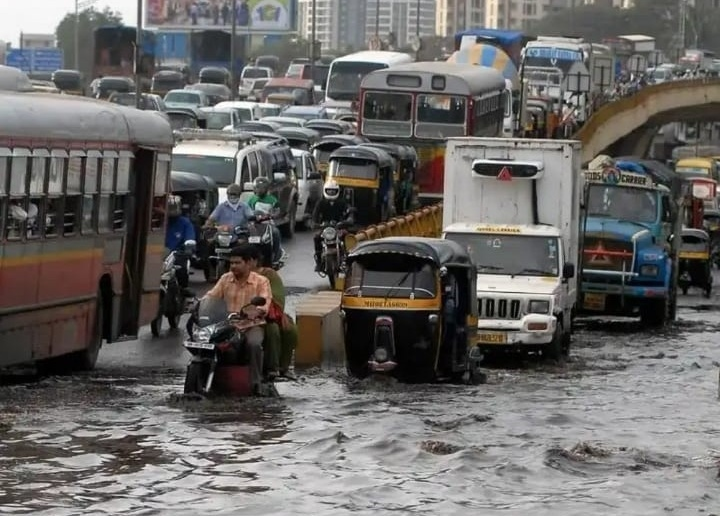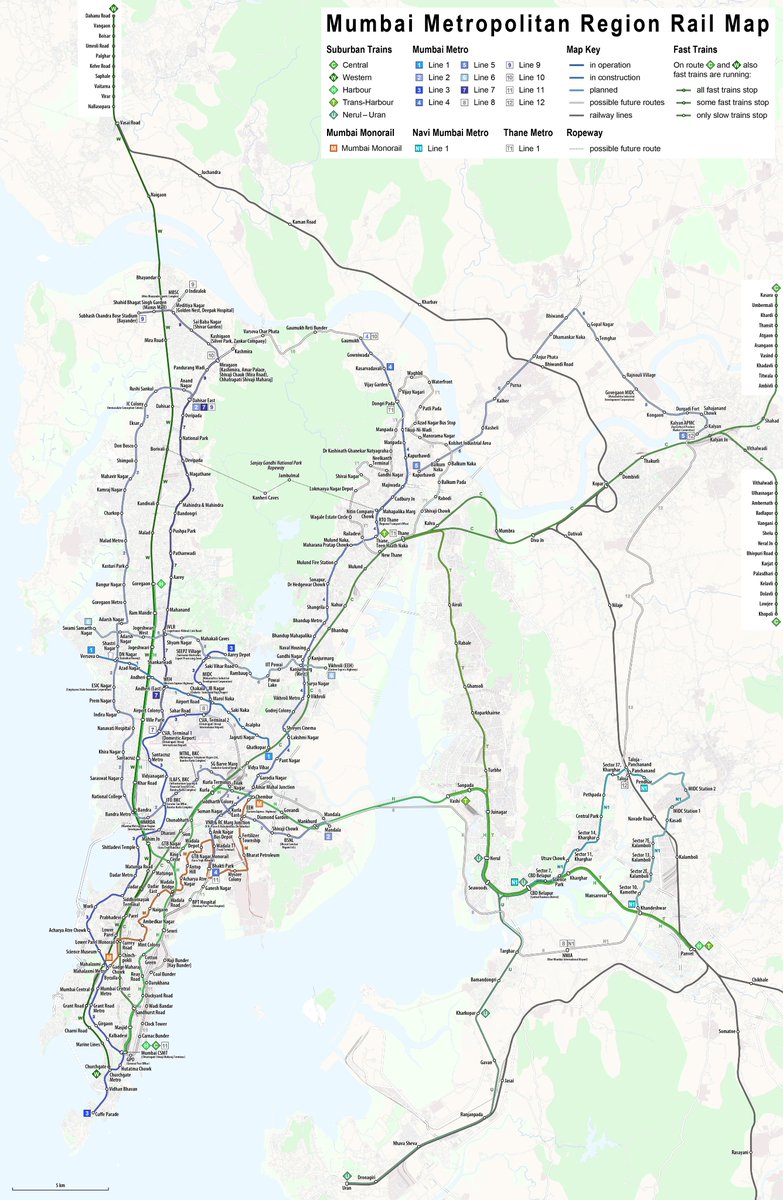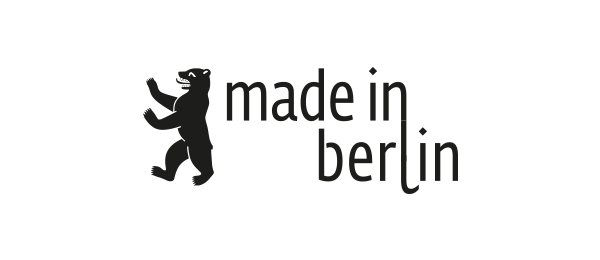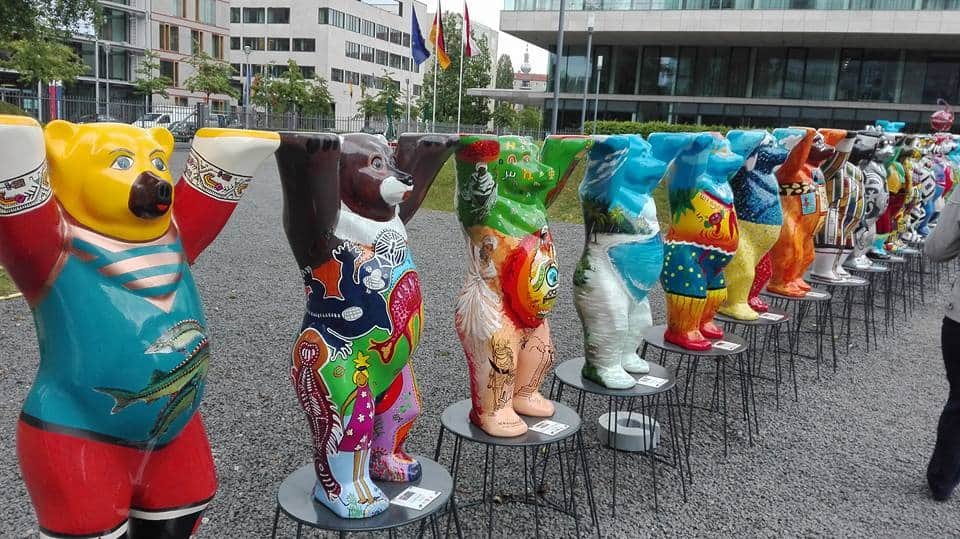There& #39;s an irony in this picture that I was not aware of. Turns out that these gorgeous flamingos in Mumbai increased in number due to the increased pollution.
I think it’s time to flip things around, and make flamingos the symbol transforming Mumbai. https://twitter.com/lonelyplanet/status/1257233819155017728">https://twitter.com/lonelypla...
I think it’s time to flip things around, and make flamingos the symbol transforming Mumbai. https://twitter.com/lonelyplanet/status/1257233819155017728">https://twitter.com/lonelypla...
First, here’s what happened. Greater pollution from the sewage has led to more bacteria and algae, attracting flamingos in greater numbers. Mumbai’s deteriorating environmental standards ironically led to this fleeting beauty. https://www.smithsonianmag.com/smart-news/flamingos-flocked-mumbai-record-numbers-winter-180971858/">https://www.smithsonianmag.com/smart-new...
I think Mumbai should flip things around a little. How about aiming for a thriving flamingo habitat, alongside reduction in pollution, economic growth, and poverty alleviation together? This is at the heart of most environmental & development policy problems. But it can be done.
Make the flamingo Mumbai’s logo as it transforms the lived experience of citizens. A symbol of transformation that has the citizen at its heart, with a focus on how people experience the city in terms of living and moving about.
What& #39;s the first thing that comes to your mind when you think of Mumbai& #39;s sights and sounds? On the one hand there are gorgeous scenes of the skyline and the sea. But pictures closer-up show the traffic, floods, crowded local trains, slums, crumbling infrastructure, all of that.
But it doesn& #39;t have to be that way. Afroz Shah proved how even crowded and filthy beaches can be cleaned up. A proof of concept of a previously unimaginable scene. There should be a city-wide stated mission to have a zero-garbage beaches. And much more. https://twitter.com/WorldOceansDay/status/1163885667820232704">https://twitter.com/WorldOcea...
Urban makeovers aren’t just about cleanliness, but how you experience spaces around you. This means having clean air, water, safe housing, safe and comfortable movement, urban biodiversity, sanitation and municipal infrastructure that is resilient to climate threats & emergencies
Let’s start with clean air. Mumbai’s air is polluted, despite being a coastal city with adequate winds. Transport and industry are the key contributors to local emissions, and this is expected to increase over the years.
Source: https://urbanemissions.info/india-apna/mumbai-india/">https://urbanemissions.info/india-apn...
Source: https://urbanemissions.info/india-apna/mumbai-india/">https://urbanemissions.info/india-apn...
The city will have to find a way to deal with industrial air pollution, including by transitioning to cleaner fuels, relocating or retiring the most polluting units, investing into low emission technologies, energy efficiency, and R&D into clean energy.
To deal with transport pollution, the strategy is at least two-fold: greater electrification of road transport (along with clean energy supplying to the grid), and a modal shift towards better public transport and non-motorised transport (including walking and cycling).
Electrification will require a radical re-think of how we park and charge. There are some interesting ideas (such as the below), but all of this will require a swift acceleration. Chargers should be compatible and available everywhere. https://mercomindia.com/mumbai-strat-up-ev-chargers-streetlamps/">https://mercomindia.com/mumbai-st...
On the other hand, fortunately Mumbai already has an extensive suburban rail system (with 75 lakh daily riders) and a growing metro system (with 4.5 lakh riders every day on 1 line, with an additional 14 lines planned). But they need to be safer, accessible, and unified.
Mumbai’s suburban rail particularly needs an urgent overhaul, as 2500 people die every year on its tracks. It is also not accessible to people with disabilities. Let’s transform this on mission mode. https://www.deccanherald.com/national/west/more-than-2500-die-every-year-on-mumbais-railway-tracks-812317.html">https://www.deccanherald.com/national/...
Beyond this, Mumbai must consider walkability and even cyclability, where possible. Delhi has proven that even the immensely crowded Chandni Chowk can be made a pedestrian zone (for a few hours every day). Is this possible in Mumbai? https://www.livemint.com/news/india/delhi-s-chandni-chowk-is-getting-a-makeover-here-s-how-it-will-look-11596336052959.html">https://www.livemint.com/news/indi...
Are there any areas in Mumbai where a pedestrian-only is possible for a few hours every day? They& #39;ll have to make arrangements for multi-layered parking at either ends, public transport, electric buggies etc, of course. But once this is in place, can it be done?
And now the big one: climate change. Climate change could make the annual flooding worse, unexpected cyclones more frequent and more intense, causing damage to the coastline, infrastructure, and economy. https://twitter.com/rajbhagatt/status/1145555191367737344">https://twitter.com/rajbhagat...
Investing in climate resilient infrastructure would mean investing in storm water management and infrastructure, protection of mangroves and other natural defenses, emergency health and evacuation infra for storms, strengthening power and internet connections, and more.
Then there& #39;s slum rehabilitation and redevelopment. This is an extremely complex issue due to the layered politics, economics and social justice issues attached to it. Nonetheless, it is imperative to provide a dignified alternate to slums to their residents.
I& #39;d like to hear from you on the experience Mumbai has had on this front. What has worked, and why? What hasn& #39;t worked? What has the construction looked like? Among other things, I see they have struggled around issues of re-sale. https://mumbaimirror.indiatimes.com/mumbai/civic/state-govt-to-allow-slum-dwellers-to-sell-sra-flats-in-5-yrs/articleshow/74324125.cms">https://mumbaimirror.indiatimes.com/mumbai/ci...
The Slum Rehabilitation Authority of Mumbai lists out 1481 individual projects of rehabilitation. What is the status of these? Either way, transforming Mumbai will necessarily mean providing clean and sanitary spaces in low-income neighbourhoods.
https://sra.gov.in/page/innerpage/our-projects.php">https://sra.gov.in/page/inne...
https://sra.gov.in/page/innerpage/our-projects.php">https://sra.gov.in/page/inne...
Then there’s biodiversity within the city. It isn’t all too common for a metropolitan city of 20 million residents to have entire forests within it. Let this never become history. Experts on urban biodiversity: what can be done to make this thrive? https://www.hindustantimes.com/mumbai-news/two-mangroves-from-mumbai-region-on-list-the-12-unique-wetlands-in-india/story-EiVR3zcmlQBL2y19wYLMiJ.html">https://www.hindustantimes.com/mumbai-ne...
And coming back to where it all started: the flamingo. Mumbai’s water – both freshwater and saltwater – are under threat. There’s no reason why coastal water needs to look like chai, or the city’s rivers need to moonlight as its drains. https://www.indiatoday.in/india/story/mumbai-s-mithi-river-reeks-of-waste-garbage-and-13-years-of-incompetent-revival-work-1265512-2018-06-20">https://www.indiatoday.in/india/sto...
Wetlands in Mumbai are under threat. Flamingo habitats must be specifically identified and protected, saved from encroachment and destruction. There’s been some effort but the road is long and challenges, plentiful. https://www.saevus.in/pink-affair-protect/">https://www.saevus.in/pink-affa...
These changes are not merely cosmetic. It isn& #39;t about things looking good. It is about public health, safety, job creation, increased tourism, growing the hyper-local economy, resilience of the city infrastructure to climate change, and preserving the local environment.
And what better symbol for that than the gorgeous flamingo, which is the unlikeliest citizen of the city? I mean, look at these pictures again, shot at the creek between Mumbai and Navi Mumbai. https://twitter.com/ketan83/status/1230716443026587648">https://twitter.com/ketan83/s...

 Read on Twitter
Read on Twitter